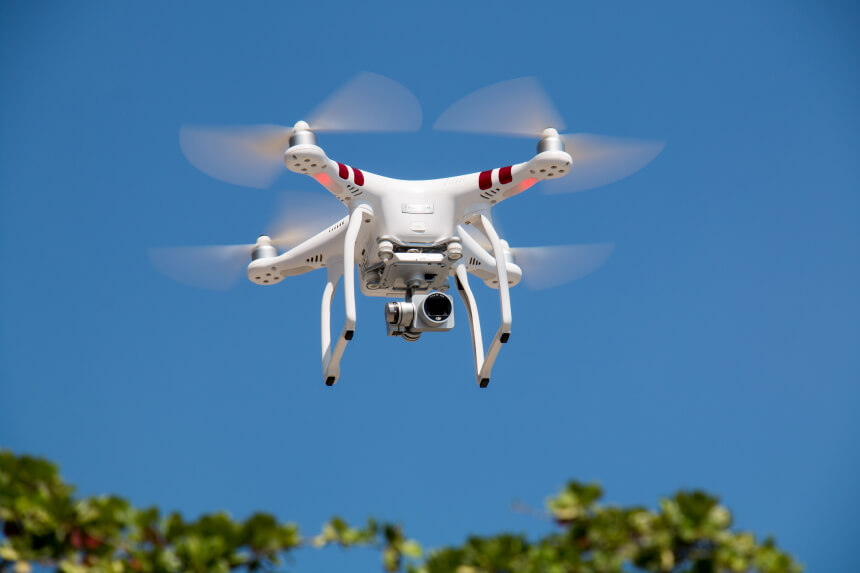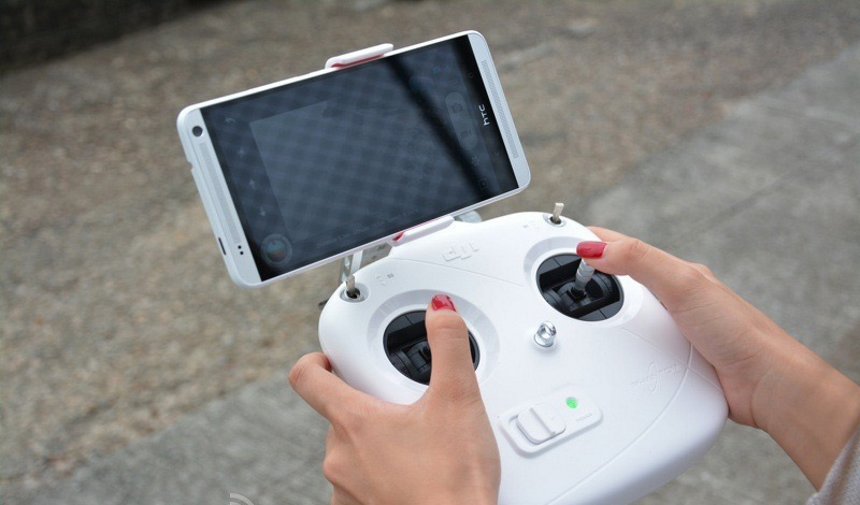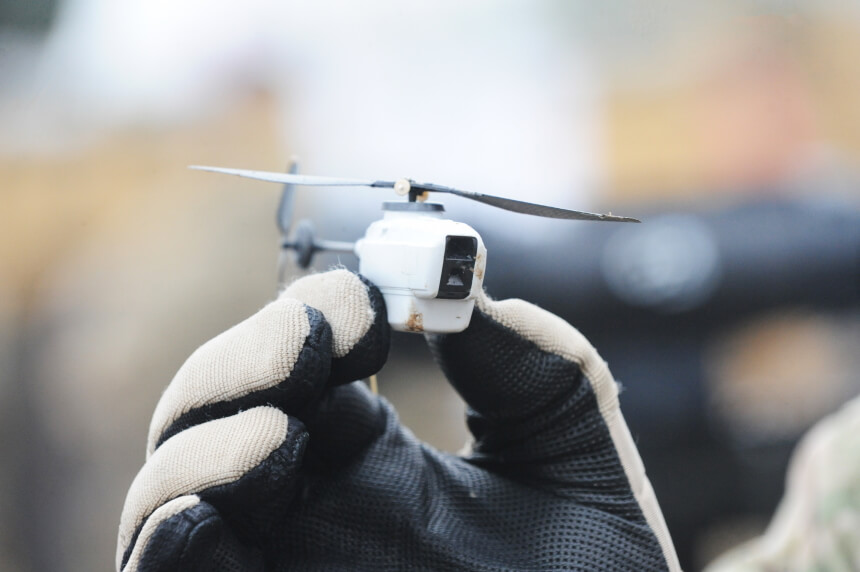You may be a drone operator looking to go on holiday in Mexico, as many other Americans do during the year. Maybe you’d like to hit the beaches in Cancun or visit the archeological complex in Teotihuacan or do both. Naturally, if you visit any of these sites going back home with decent drone footage would be ideal, but are you allowed to do that? Alternatively, you may be a Mexican native wondering about any red tape associated with owning and operating a drone. In both cases, you need familiarity with the drone laws in Mexico. Fortunately, we’ve included a summary of all pertinent information in the sections below.

The best you can do is hire a local drone user with the right paperwork to record the video and send it to you.
However, even for citizens, it’s just like the U.S., where there are specific rules to govern drone use, and failing to comply could land you in trouble. Some consequences of flaunting the rules include fines, jail time, criminal charges, and even drone loss.
So, what are these old and new Mexico drone laws? Keep reading to find out.
In the U.S., the drone regulation authority is the Federal Aviation Administration Trusted Source Recreational Flyers & Community-Based Organizations The rule for operating unmanned aircraft systems (UAS) or drones under 55 pounds in the National Airspace System (NAS) is 14 CFR Part 107, referred to as the Small UAS Rule. www.faa.gov . Some drone use rules require registering your drone with the FAA and even carrying proof of registration whenever you take your drone out. There are, of course, a few other regulations as well.
Naturally, the agency responsible for drone regulation in Mexico is different, i.e., the Agencia Federal de Aviación Civil, according to the Government of Mexico Trusted Source RPAS Drones El presente apartado contiene las ligas a la Norma Oficial Mexicana NOM 107 SCT3 2019. www.gob.mx . This translates to “Federal Civil Aviation Agency (AFAC). AFAC was originally known as the Dirección General de Aeronáutica Civil. It also regulates, develops, and governs air navigation in the country.
Also notable is AFAC works under the Mexico Secretaria de Communicacaciones Y Transportes, the country’s infrastructure, communication, and Transport ministry. The ministry created the rules for the responsible use of drones across multiple sectors.

It’s worth noting that these rules haven’t been ratified into actual Mexican law. However, if you ignore the rules and are caught using your drone in a way that endangers people and property, you could even face criminal charges.
Also, those caught endangering people or property could end up in jail for up to eight years. Those convicted of all three offenses risk spending up to 20 years in prison.
Less serious consequences for operating your drone may include having it confiscated by the authorities.
If you’re only flying the drone for fun in Mexico, you won’t need to do anything past the rules mentioned above. However, these rules could change at any time, so it’s best to be updated with new Mexico drone laws whenever they come into play.
It would be unfortunate to land in trouble due to a lack of information. To be safe, always check the AFAC website any time you take your drone out. It shouldn’t take you more than ten minutes to check for updates.

Micro UAV
Micro UAVs are those that weigh less than 2 kg. Flying these drones doesn’t require you to contact the authorities. However, you will need to follow some guidelines, e.g., keeping the device at 400 ft or lower at all times.
If you’re using it for commercial purposes, e.g., recording a music video, you must have third-party liability insurance. If you’re looking for drones in this category, we’ve compiled a list of the best drones under $600, most of which weigh significantly less than the limit and have impressive video and photo capabilities.
Light UAV
Light UAVs are the next class of drones and typically weigh between 2 and 25 kg. Flying these in a commercial setting would require you to register it with AFAC and add number plates. That way, the government can trace it back to you if there’s an accident or your drone is caught somewhere it shouldn’t be.
Also, you must get the okay from the Aviation Authority before taking off. Besides that, the only other places you can use light UAVs are on the grounds of a model airplane club where these sorts of drones are authorized.
So as not to make any mistakes that lead to problems with the law regarding light UAVs, you may need to learn how to program your drone, something we’ve already covered in a different article.
Heavy UAV
With drones over 25 kg, all the rules of light UAVs apply. Additionally, you need an official pilot’s license to fly them.
Other new Mexico drone laws include having to be at least 18 years old with a high school diploma. You should also be in good health whenever you operate a drone as it affects whether you’re a risk to other people and private property.
If you’re a citizen with a new drone weighing over 250 grams, Mexican drone laws and rules dictate that you register it with AFAC. According to reviews, one of the best drones you can get away with not having to register is the Dji Mini 2, with its 249-gram weight. Despite its small weight and size, it still has decent photo and video capabilities.
You can easily do it through the AFAC website, and here’s the process:
Begin by completing and submitting the REGULATORY APPENDIX “K” form for Remotely Piloted Aircraft Systems. Being a government office, it takes all information provided very seriously, and you’re not allowed to lie or fudge any details.
Lying and getting found out may even prevent you from ever being to register a drone. As such, you may need to review the form at least once to ensure you didn’t miss anything.
The next step is the one that locks out non-citizens for registering since you need to upload a digitized copy of your I.D…
You also need to provide digital ownership documents for the drone in question. Once you send the details to [email protected], you should receive feedback within ten business days. You may also want to include any comments about the registration process in the email so issues can be resolved.
Also, drone laws in Cancun, Teotihuacan, and Partura, Mexico, and other areas distinguish between flying a drone and operating a drone while taking videos and pictures. Taking videos and photographs requires additional red tape, depending on the location.
In museums and monuments under the National Institute of Anthropology and History Trusted Source National Institute of Anthropology and History The National Institute of Anthropology and History, INAH, is a federal government organism founded in 1939 to guarantee the research, conservation, protection and spreading of the pre-historical, archaeological, historical and paleontological heritage of Mexico. www.mexicoescultura.com , for instance, you’d need to pay a fee. Depending on the particular location, the fee can be as much as 10,905 Mexican Pesos a day. This converts to roughly 586 USD.
Given the presence of a major archeological complex, Mexico drone laws Teotihuacan may require you to pay these fees. Similarly, in the U.S., you’d need to know about flying drones in national parks, something we’ve looked into in a different writeup.
That said, you’d still need a drone with decent imaging qualities if you’re going to pay these kinds of fees. Reviewers overwhelmingly recommend the Holy Stone HS720E for video thanks to its decent video capabilities and anti-shake camera for stable shots.
For citizens, drone laws in Mexico aren’t very prohibitive. As long as you register your drone, are old enough, in good health, and have all the necessary paperwork, there shouldn’t be much else necessary for recreational users. Commercial users and those with heavier drones are subject to much more stringent rules.
Non-Mexicans can contact the AFAC to see if there’s a workaround. However, there’s too much red tape, and it would just be more convenient to hire a Mexican with a drone license if you really need some drone footage. Also, there are no guarantees you’ll be allowed to operate one even if you contact the regulatory authority.